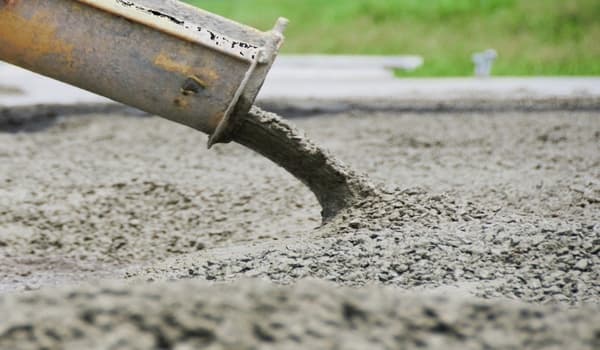As local cement manufacturers are complaining that utilization of cement plants have been low, with some plants being forced to shut down, because of slow demand which is being filled by surging cement imports, the Department of Trade and Industry (DTI) is now conducting what it calls preliminary safeguard investigation of cement coming from various countries.
According to a public version of the DTI report dated October 28, for SGM Case No. 01-2024, there has been a notable surge in imports of combined Portland and blended cement from multiple countries between 2019 and June 2024, reported Bilyonaryo.com.
The DTI notified the Cement Manufacturers Association of the Philippines (CeMAP) on August 22, requesting relevant data, including financial statements from the association’s members.
Key companies being investigated include Republic Cement Builders and Building Materials Inc., Holcim Philippines Inc., Cemex Philippines, and Eagle Cement Corp.
Biggest sources
Vietnam accounted for the largest share of imports, holding 79 percent in 2019, which equated to 4.23 million tons out of a total of 5.33 million tons imported.
By the first half of 2024, its market share had increased to 93 percent, totaling 3.44 million tons, Bilyonaryo said.
The DTI’s findings show that the absolute volume of cement imports rose from 2019 to 2023, with the import share climbing from 30 percent in 2019 to 51 percent in the first half of 2024.
The DTI also reported that the domestic industry “suffered serious injury due to increased imports,” as local cement market size significantly contracted while the share of imported cement expanded. Consequently, the domestic industry’s sales revenue declined from P79 billion in 2019 to P64 billion in 2023.
Local production has been on a steady decline since 2020, with the exception of 2021, and capacity utilization dropped to just 57 percent in the first half of 2024, down from 79 percent in 2019.
The domestic industry’s profit decreased by 11 percent in 2020, rebounded with a 12 percent increase in 2021, but then collapsed by 69 percent in 2022 and a staggering 137 percent in 2023, leading to an operating loss for the sector.
The landed cost of cement imports is also 24 percent lower, prompting local manufacturers to reduce their prices accordingly.
DTI Secretary Ma. Cristina Roque has urged interested parties to submit their comments and positions regarding the potential imposition of a safeguard measure within the week.
Low utilization
The local cement makers have called the DTI probe very timely as their current utilization rate has already forced some of them to temporarily shut down.
Data from the DTI safeguard measures report showed average capacity utilization rate of the local cement industry plummeted from 79.48 percent in 2019 to 72.69 percent in 2020, but slightly increased to 74.98 percent in 2021, then plunged to 64.68 in 2022, further falling to 58.64 percent until it continuously slipped to hit the lowest at 57.37 percent in 2024 (January to June), reported Business Mirror.
“Economies of scale and high-capacity utilization are crucial for cost efficiency; however, with current utilization rates at only 55 percent to 60 percent, production costs remain suboptimal, forcing some plants to temporarily shut down,” CeMAP said in a statement shared by Trade Undersecretary Ceferino Rodolfo.
CeMAP Executive Director Renato Baja said local manufacturers are estimating current cement domestic capacity utilization to be only at 55 to 60 percent.
“This low utilization, while keeping most plants operational, results in reduced efficiency and consequently, higher production costs,” Baja said.
Baja said, “We don’t have the precise number of plants or cement lines not operating,” adding that the affected companies are expected to give the information directly to DTI in their respective position papers.
The CeMAP statement quoted Baja saying the Philippine cement industry can produce up to 50 million tons annually, “significantly exceeding” the estimated national demand of around 35 million tons.
The imported cement from Vietnam where domestic demand is declining and surplus production is exported, continues to “exert pressure on local manufacturers.”
Local sector at risk
CeMAP explained that the local cement industry is one of the few sectors in the Philippines where nearly 100 percent of raw materials are sourced locally.
“The cement industry transforms these resources into high-quality products through Filipino expertise, supporting the nation’s infrastructure needs,” added Baja.
Without such measures, the ongoing influx of foreign cement “poses significant risks to Filipino jobs, local businesses and the broader economy,” said the local cement makers.
Initial DTI findings indicate that increased imports of cement are the substantial cause of serious injury to the domestic industry in terms of declining market share, production, sales, capacity utilization, profitability, price depression, suppression and undercutting.”
DTI Acting Secretary Cristina A. Roque said DTI remains “committed” to providing an environment where the domestic industries can “effectively” compete with imports.
#WeTakeAStand #OpinYon #OpinYonNews #DTI #CeMAP
